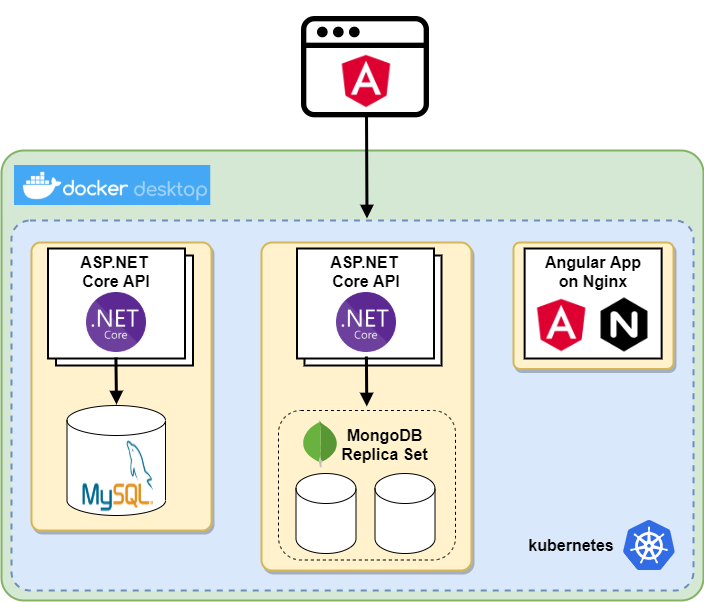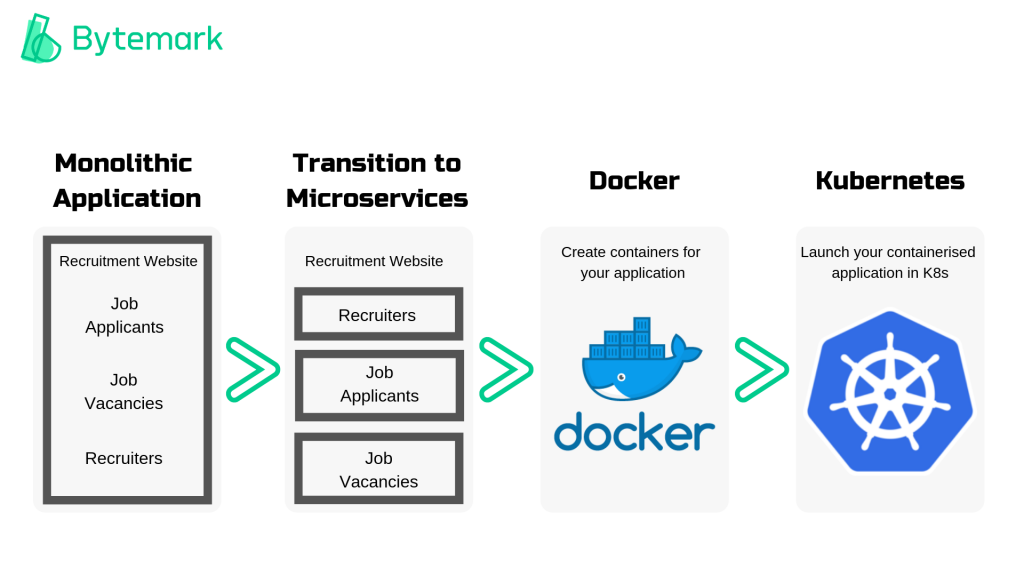

For us, it’s just the customer-ms-atom-1-dev atom.

They will be deployed to each and every atom attached to that environment. Just go to the Deploy tab, select your processes, and deploy to the DEV CUSTOMER MS environment. Select your environment in question, go to the attachments fields, and select your newly created Atom. For me, I’ll chose cloud for now to host my Atom on the cloud.Īfter that, It’s time to attach the Atom to the environment. Make sure to select a Test environment type, and select the appropriate Atom location (Cloud or Local) as per your preference. What you need to do is go to Atom Management page, create an environment, then create an Atom. Next is creating an Environment, Atom, and Atom attachment. To use the API component you need to have the appropriate licensing in Dell Boomi.Ĭreate an Environment, an Atom, and attach the Atom to the Environment This is entirely optional as you could use the auto-generated URLs for your processes. If you notice, I’ve created an API component as well which allows me to give a Restful URLs to the APIs created.
#Microservices deployment using docker and kubernetes full#
Below is a snapshot of the full structure, as well as the Get Customer process: The four processes will constitute our Customer Microservice. I’ve just created four processes which mocks CRUD operations against a customer entity. Use Docker & Kubernetes to automate steps 2 & 3 & scale the deploymentĪs i said, nothing fancy here.Deploy the components & test via postman.Create an Environment, an Atom, and attach the Atom to the Environment.Nothing fancy here, just some dummy processes performing CRUD operations on a customer entity. Create the needed components in Boomi.In order to make that happen, I’m going to follow the below steps: Since deployment is on an Environment, this means an Environment per service as well. To scale a service, we create several Atoms, deploying the service into all of those Atoms. Meaning that an Atom will host one and only one service. So what can we do to tailor the platform to support a fully MSA? The tip is using an Atom per service. In short, all services share the same runtime. You can’t scale service A, without scaling the whole runtime, including all other services. If the runtime goes down for whatever reason, your whole integration layer goes down. A mall-functioning service can affect other services deployed to the same runtime. What does this mean? services are not totally independent and scalable. However, in any case, the same runtime would host all of your services / APIs. If you want high availability (HA) and scaling, you can use a molecule, which is nothing but a collection of Atoms. The same runtime (called Atom) would be used to host all services. As per my experience, I’ve always seen the platform used as an integration platform on the cloud, synonymous to an ESB on premises. Is is an established leader in Gartner’s magic quadrant for iPaaS solutions. Dell Boomi Premierīoomi is a low-code iPaaS by Dell. The service runtime should be independent from other services so that if the service causes the hosting runtime process to fail, that shouldn’t affect other services. If a service goes down, that shouldn’t cause any other service to fail as a result. MSA champions creating services that are totally independent, scalable, deployable, and independent. I’m not explaining Boomi licensing model here, but if you know Boomi, you should know what I’m talking about. Since Boomi consumes connection licenses per atom, the connection licenses consumption will expand drastically as you use more and more atoms.

Why? because, as i will explain later in the article, we’ll require many Atoms. Please note that this only makes sense if you have unlimited connection licenses in Boomi. This article is not a tutorial on those platforms, so you should have a fair amount of knowledge on each of them before attempting to read and apply the use case discussed in this article. Hey there, in this article, I’ll explain how you can implement a 100% Microservices based architecture (MSA) using Dell Boomi cloud integration platform, Docker, and Kubernetes.

Home › Automation › A Microservices Architecture with Dell Boomi, Docker, and KubernetesĪ Microservices Architecture with Dell Boomi, Docker, and Kubernetes


 0 kommentar(er)
0 kommentar(er)
